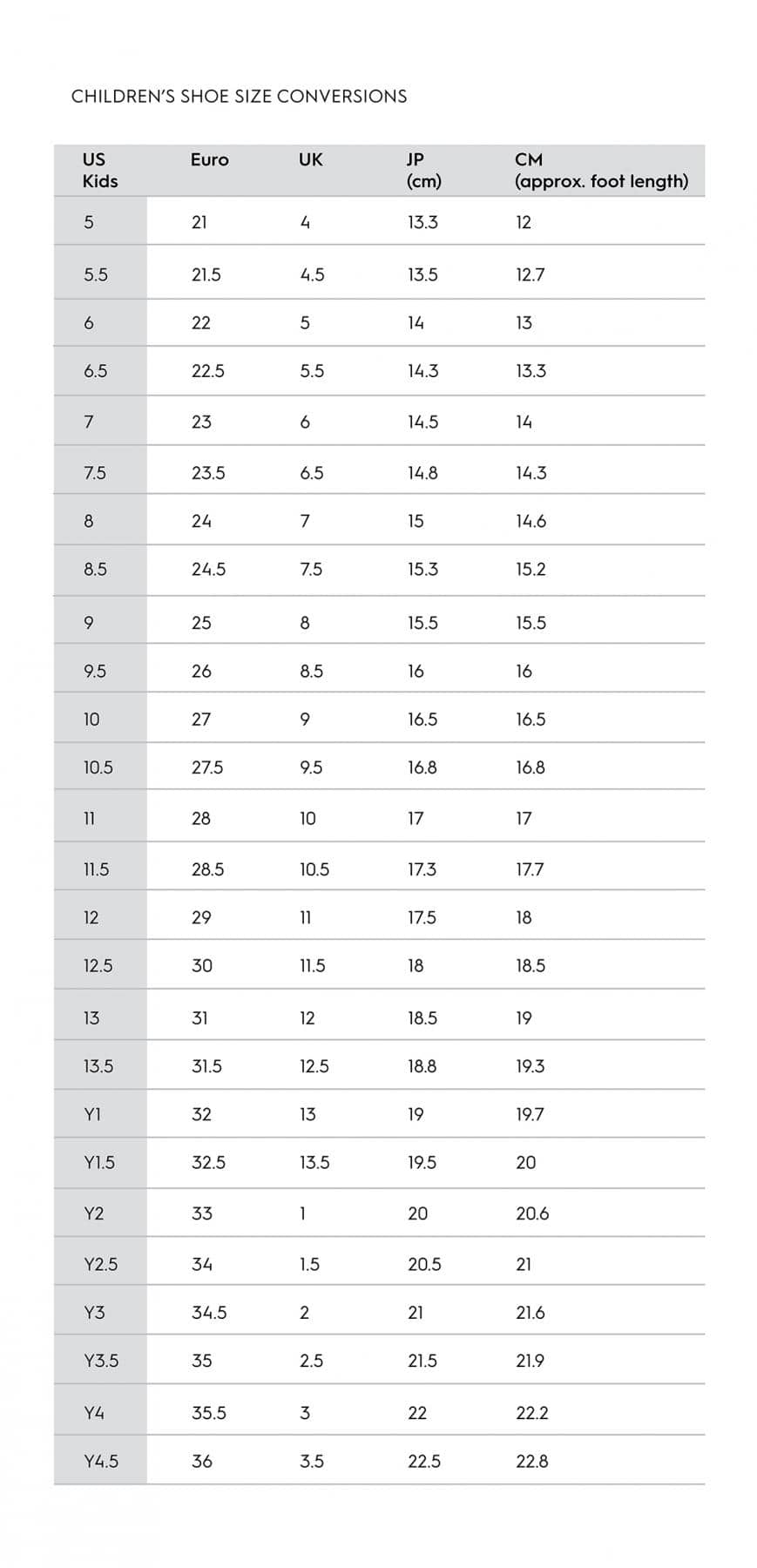Shoe Size Conversion in Australia: A Parent’s Handy Companion
Welcome, fellow parents, to your ultimate guide for navigating the maze of shoe size conversion in Australia! We know how swiftly those little feet grow and how often you’re left scratching your head in the shoe store, wondering if you need to ask for a translation dictionary along with those cute sneakers. Fear not! We’re here to make your life a dash easier and tick shoe-buying stress off your endless list of parental duties.
Understanding Australian Shoe Size Conversion
First and foremost, let’s talk about the basics. Australian shoe sizes can be quite perplexing, especially since they differ from US, UK, and European sizes. While it’s easy to assume that ‘bigger the number, larger the shoe’, it’s rarely that simple. That’s why having a reliable size conversion chart at your fingertips is as essential as that emergency snack in your bag.
Why Shoe Size Conversion Matters
Now, you might wonder, “Why should I stress over shoe sizes? Can’t I just wing it?” In theory, yes, but a shoe that doesn’t fit just right can lead to a multitude of problems. We’re talking about blisters, uncomfortable squirms, and even long-term foot issues. Plus, a comfortably fitting shoe is critical to support your child’s rapidly developing feet! By staying informed about shoe size conversion, you’re ensuring a healthier and happier experience for your child’s feet.
Measuring Your Child’s Foot: Step by Step
Before we delve into the nitty-gritty of conversion charts, let’s make sure we’ve measured those wriggly feet accurately. Here’s a quick and easy guide to measuring your child’s foot:
- Gather Your Tools: Grab a piece of paper, a pen, and a ruler or tape measure.
- Prepare the Foot: Make sure your child is standing and wearing the socks they’ll wear with their new shoes (if any).
- Trace the Foot: Have your child stand on the paper and carefully trace around their foot. Try to keep the pen as vertical as possible for a more precise guide.
- Measure the Length: Use your ruler to measure from the bottom of the heel to the tip of the longest toe. Record this number – this is your child’s foot length.
- Measure the Width (if necessary): Some feet are wider or narrower than average, affecting shoe fit. Measure the broadest part of the foot if you’re looking at brands that offer width options.
A tip to keep in mind: Always measure both feet! It’s not uncommon for there to be a slight size difference between them. Use the measurements of the larger foot when selecting shoe sizes.
The Conversion Chart: Simplifying Your Shopping
Armed with your child’s latest foot measurements, it’s time to tackle the conversion chart. Here’s a simplified version to get you started:
| Australia | US | UK | Europe | Foot length (cm) |
|---|---|---|---|---|
| AUS 5 | US 6 | UK 5 | EURO 22 | 13 cm |
Remember that this table is just a starting point, and you might find variations based on brands and styles. Always check with the specific shoe manufacturer’s sizing guidelines for the most accurate fit.
Note: Children’s feet grow at the speed of light – or at least it seems that way! It’s wise to re-measure your child’s feet every few months, particularly if you’re investing in more expensive footwear.
There you go, dear parents! You’re now equipped with the fundamentals of shoe size conversion for your little ones in Australia. But this is just the beginning! In the next section, we’ll tackle the nuances of converting between different types of footwear like sports shoes, sandals, and boots, and share some expert tips to ensure you’re getting the best fit every time.
Never underestimate the power of a well-fitting shoe to keep your child’s adventures comfortable and their steps confident. Stay tuned as we continue this comprehensive journey into shoe size conversion!

5 Essential Tips for Preparing for Shoe Size Conversion in Australia
1. Know the Right Time to Shop
Shopping at the right time can make all the difference. Children’s feet often swell a bit by the end of the day due to activity, so shopping in the afternoon ensures a more accurate size for those active little feet. And don’t forget – the best shoe-shopping is done when your child is in high spirits and cooperative!
2. Keep Seasonal Changes in Mind
Those toes might need a little wiggle room for thick winter socks or a snugger fit for summer sandals. When converting sizes, consider the season and the type of socks or hosiery your child will most likely wear with their new shoes. This can prevent an unexpected tight squeeze or a loose flop later on.
3. Update Your Measurements Regularly
Even if it feels like you just did it, measuring your child’s feet should be a regular activity. Kids’ feet grow in unpredictable growth spurts, meaning that shoe size can change rapidly. Make it a habit, perhaps with each change of season, to measure again for optimal fit.
4. Understand the Brand’s Fit and Sizing
Every shoe brand can have its quirks! A size 8 in one brand might not feel the same as a size 8 in another. Leverage online resources, customer reviews, and the brand’s own sizing guide to better comprehend how their sizes run – is it small, true to size, or large? A little extra knowledge goes a long way.
5. Prioritize Comfort and Function Over Size Numbers
A size is just a guideline; comfort is the real indicator of a good fit. When trying on shoes, encourage your child to walk around and trust their feedback. A shoe that forms to the natural shape of the foot and offers support is worth its weight in gold – no matter what the number says.
Finding the Perfect Fit: More Than Just Numbers
A shoe shopping expedition can sometimes feel like a treasure hunt, full of trials and mysteries. But when you successfully fit those tiny feet with the perfect pair, it’s like finding gold. With your newfound knowledge and a little patience, you’ll be able to navigate the shoe stores and online shopping with ease.
Remember that while size conversion is a helpful tool, observing your child’s reaction to their new shoes can tell you more about the fit than any chart. As you prepare to give those little toes what they deserve – a comfortable and stylish place to call home – keep this guide in hand and know that you’re ready for anything the shoe world throws your way.
Armed with these insights, your next shoe mission will be a walk – or a joyful strut – in the park. So go ahead, measure those feet, consult that chart, and let the shoe shopping begin! With this comprehensive guide to shoe size conversion in Australia, your little ones will be stepping out in style and comfort in no time.
For more great articles please see here. For more information see here
Disclaimer
The articles available via our website provide general information only and we strongly urge readers to exercise caution and conduct their own thorough research and fact-checking. The information presented should not be taken as absolute truth, and, to the maximum extent permitted by law, we will not be held liable for any inaccuracies or errors in the content. It is essential for individuals to independently verify and validate the information before making any decisions or taking any actions based on the articles.




